10 things you need to know before seeing 'The Martian'
1. How to get to Mars

2. What it's like on Mars
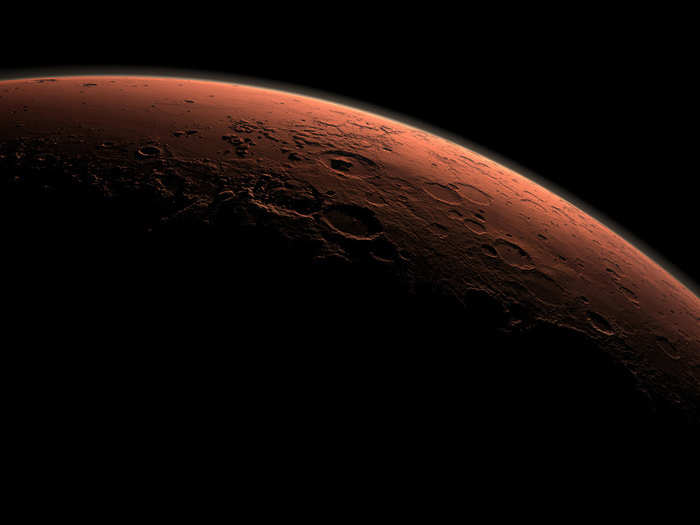
Here's what Mars is like, according to NASA:
- Mars has a reddish-orange glow during the day from all the dust.
- Sunrises and sunsets appear blue because Mars has almost no atmosphere.
- One day or "sol" on Mars is a few minutes longer than an Earth day.
- One Martian year is nearly two Earth years. That's because Mars orbits the Sun much farther away than Earth, so it takes a lot longer for the red planet to complete one lap.
- The average surface temperature on Mars is a chilly minus-80 degrees Fahrenheit. But temperatures can swing from a low of about minus-195 degrees Fahrenheit in winter, to a comfortable 68 degrees Fahrenheit during the summer.
- Gravity on Mars is only about 40% that of Earth's, so you'd be 60% lighter (but not moon-bouncing light).
- Mars has barely any atmosphere — about 1% of the density of the cozy atmospheric blanket around Earth. That's hardly enough to protect the surface from dangerous space radiation.
- Dust storms can envelope the planet for days at a time.
It's a pretty inhospitable place. Good luck, Watney.
3. Martian dust storms

Dust storms on Mars happen often, and they can occasionally produce lightning. However, the wind in a real dust storm on Mars looks nothing like the clip from the movie above.
The air on Mars is simply too thin for the wind to do that much damage, Jim Greene, NASA's planetary science director, told The New York Times. Even a scary-sounding 100 mph gust would carry almost no force.
4. Keeping time on Mars

Mars is a completely different planet with it's own orbit and rotation, so days are measured differently there than on Earth.
One solar day on Mars, called a "sol," is about 40 minutes longer than an Earth day, according to the Planetary Society.
Watney measures the time he spends stranded on Mars in "sols" not days, which is how NASA keeps track of time on Mars in real life.
5. Shelter on Mars
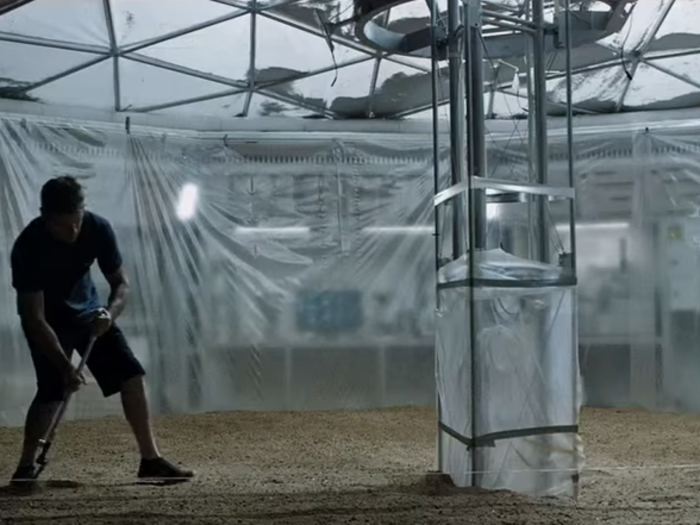
The tent-like shelter Watney spends most of his time inside is called a "hab" — short for Mars Lander habitat.
NASA already has working prototypes of Mars habs, complete with oxygenators, water reclaimers, and airlocks to protect astronauts from the nearly airless, radiation-bombarded surface of Mars.
The space agency also recently hosted a competition to see who could design the best 3D-printable Mars hab. Some of the designs look really cool, and the winner might actually end up on the red planet some day.
Warning: The next slide has spoilers.
6. Farming on Mars

Warning: This slide has spoilers.
In "The Martian," Watney grows his own food by planting potato eyes in the ground. He fertilizes the plants with human waste and creates liquid water for the crop out of rocket fuel.
Given what we already know about Martian soil, there's no reason why this wouldn't work in real life, Bruce Bugbee, a botanist who's worked with NASA, told Tech Insider.
NASA is already making progress on farming in space. Earlier this year for the first time ever, astronauts on board the International Space Station tried some of the lettuce they grew in microgravity.
7. NASA's Plutonium batteries
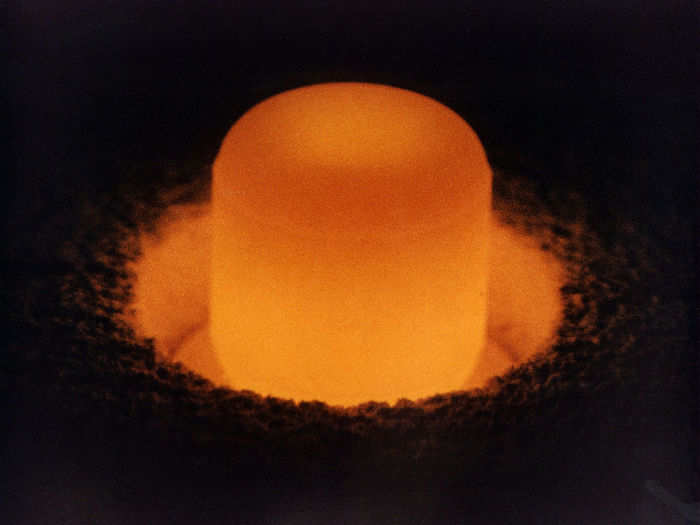
Watney digs up a radioactive power source in "The Martian." It's called a radioisotope thermoelectric generator (RTG), and NASA relies on them for long-distance space missions.
RTGs are essentially batteries powered by radioactive plutonium-238. As the plutonium naturally decays, it generates heat, and the battery casing turns the escaping warmth into electricity.
Plutonium-238 is pretty much impossible to turn into a nuclear weapon, according to the Environmental Protection Agency. It's also not the kind of dangerous, skin-piercing radiation that humans have to worry about (unless it gets inside our lungs).
Still, a nuclear battery is dangerous to have around because it's very hot.
8. Communicating with Mars from Earth
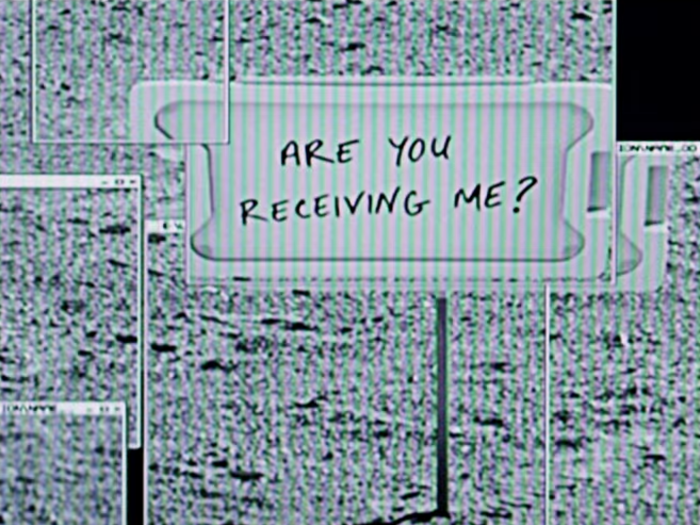
Mars is so distant that it takes 15 to 20 minutes for a message sent from Earth to make it to there.
That's because a communication signal like a radio wave travels at the speed of light, and nothing can travel faster: Mars is about 140 million miles away from Earth, and the speed of light is about 671 million mph.
When you see the movie, see if you can tell if "The Martian" sticks to this immutable law of physics.
Warning: The next slide has spoilers.
9. A brief history of NASA's Mars spacecraft
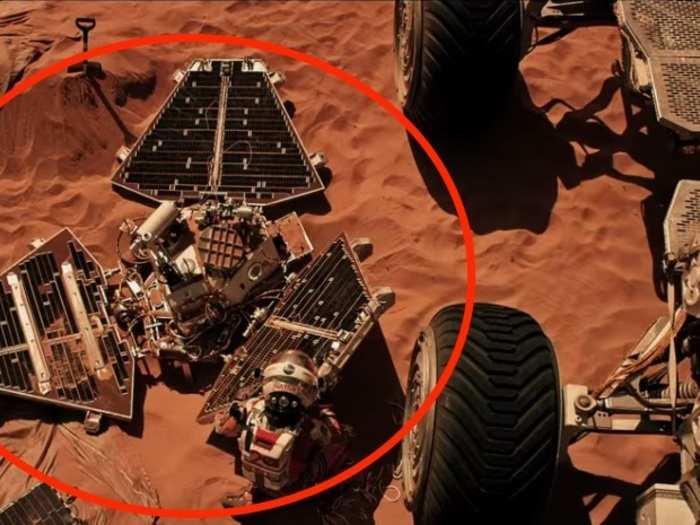
Warning: This slide has spoilers.
In the movie, Watney has no way to communicate with NASA, so he finds and digs up Pathfinder — a spacecraft NASA really launched to Mars back in the 1990s. After a little hacking, he uses the robot to communicate with NASA using a replica back on Earth.
In the real world, NASA builds a working replica of every spacecraft in case something happens to it after launch. That way, engineers can troubleshoot problems and come up with fixes on Earth.
A real-life Pathfinder replica would need to be "turned on and dusted off," Green told Tech Insider, but it does exist. So NASA really could theoretically use it to communicate with a stranded Martian astronaut.
10. The completely true origin story of NASA's Jet Propulsion Lab
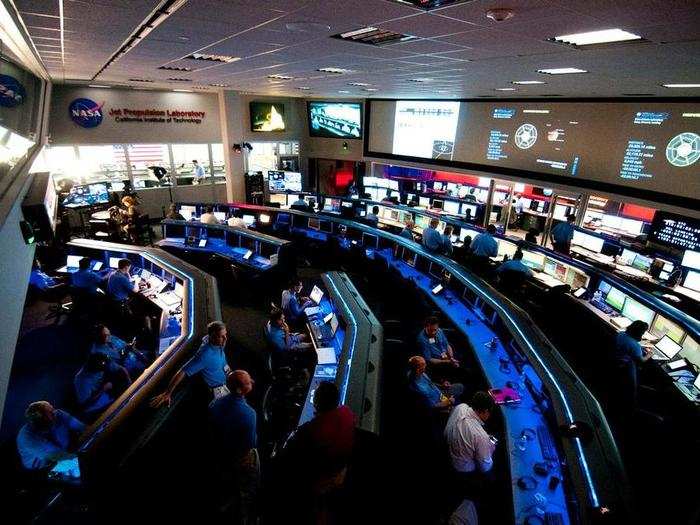
A key scene in "The Martian" claims NASA's Jet Propulsion Lab was founded after a few Caltech students accidentally blew up their dorm room.
Well, that story is true. It happened in the 1930s, when a group of graduate students known as "the rocket boys" blew up part of their building during a fueled rocket test. They were booted off the Caltech campus and started calling themselves the "Suicide Club," according to NASA.
Thankfully the club didn't live up to its name, and the rocket boys mastered building rockets. They eventually returned to Caltech, and were booted out again (we're assuming for more explosions) — but this time to their own laboratory. By the 1940s it had funding and an official name: the Jet Propulsion Lab.
And remember that the "The Martian" is a science fiction film — it's not going to get all the science right.

Popular Right Now
Advertisement